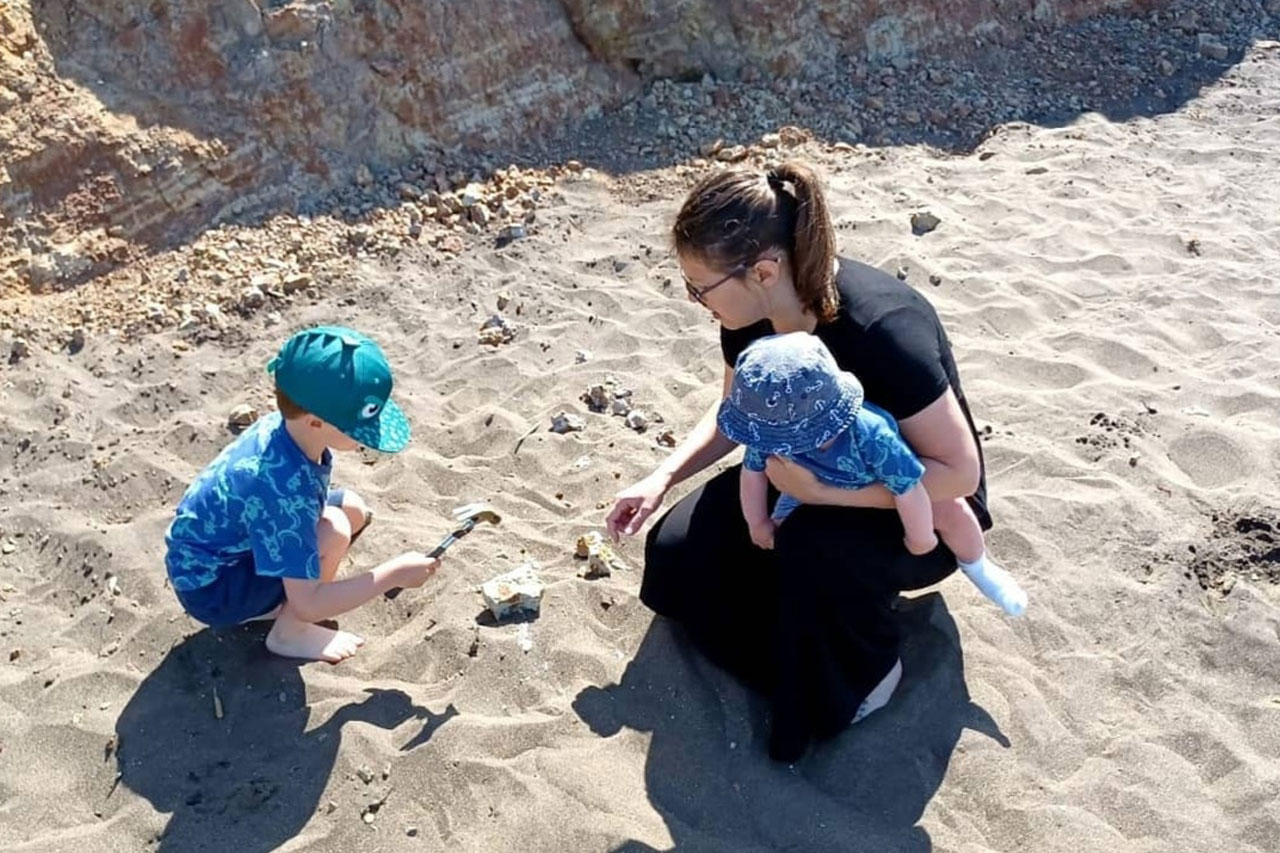
How to respond to a bad review
How to respond to a bad review
You probably already know the value of an online review. Satisfied customers sharing what they love about your organisation, services, and products helps attract new customers and gives them the confidence to buy or try. It’s a great way to grow your organisation. And it also helps with search engine optimisation (SEO) as Google and its ilk love to see real people taking the time to share their experiences. So the more reviews your organisation has the higher up the Google rankings you will go – without spending more on marketing. It’s a win, win. But what do you do if you get a bad review?
The first thing to say is if your organisation is doing well and you have happy customers, you’re meeting the targets you set yourself then you probably won’t get many or any bad reviews. But you may get a rogue one. And how you respond to that is going to make all the difference to your reputation – not the review itself.
Let’s imagine you run a social enterprise café. You employ young people, who have no qualifications and perhaps have struggled so far in life, to give them skills and experience in the hospitality industry while they also complete training courses at college. Your café is at the heart of your community and on the whole, your customers are happy. But one day you get a review that says:
“Rude customer service, long wait, and inedible food. I would never go here again and certainly would not recommend it. I understand that they are trying to do good things but I think the staff are not ready to be in the real world serving and making food. Great idea but don’t go there if you actually want an enjoyable lunch”.
Your heart sinks. Your mind races. Who was it? Have there been any complaints? What happened? Have the staff seen this? Are they upset? Then your fight or flight kicks in. At this point, you need to stop and take a deep breath. Don’t do anything at all yet. Responding to a bad review quickly and while you are in this mindset will not help. Instead, make yourself a drink or do a small task to distract yourself.
Then come back to the review. But start inside the café. Ask staff if they are aware of any recent complaints? At the same time, reassure staff – let them know you are happy and this is just one person who was probably having a bad day. Remind them of good reviews. Set the tone for the response – try not to take it personally; although it feels like an attack on you, your people, and your business. Reassure them that you will deal with this complaint, they don’t need to do anything.
Nobody knows of any unhappy customers so you set to work on a response. You could respond to each point, explaining why you think they are wrong and that if they had a problem they should have spoken up at the time. But you’ll probably come across as defensive and perhaps aggressive. And who would want to eat in a café with that kind of atmosphere?
Instead, here are three key things to include in your response:
- Apology
Even if you don’t feel like it or don’t feel it is needed, this is not about you it’s about how the complainant feels so apologise. You don’t have to admit fault. You can say something like “I am sorry that your experience fell short of your expectations.” - Email
As quickly as you can, take this complaint out of view of everyone else. It might be a good idea to have an email address that you use just for these sorts of occasions. You can say something along the lines of: “I would value hearing more about your experience so I can investigate. Feedback always helps us improve. Perhaps you could email me at customers@ourcafe.co.uk.” - Reassurance
This is your chance to defend, humble brag, and big up your team. Use this as an opportunity to talk about why many of your customers return and the good experiences they have. You might like to show your team you are proud of them, perhaps try: “I am really proud of the team we have here at Our Café. They have all overcome adversity to be here and are working hard to build better futures for themselves. Like many of us, they are still learning but I know each of them would be upset to know they had missed the mark. Each week we serve more than 200 customers who receive yummy drinks, snacks and meals, within the time frame performance mark which we set ourselves, served with great customer service. Many of our customers who return on a weekly basis tell us they do because they love the atmosphere we provide too.”
This kind of response shows other readers that reviews are listened to and acted on. That customer service matters to you. That customers matter to you.
Turning a negative into a positive
And if the complainant does take the time to email you, make sure you respond and continue in a timely, courteous manner. Try to get to the bottom of their complaint. If you need to take action, take it and let them know. Thank them for their feedback. And if you get to a good footing, you could even invite them back to try and change their mind. It is possible to turn a negative review into a positive for your organisation.
How often do you check your online reviews? Has this article helped you feel prepared for dealing with reviews in the future?
If you want help with setting up your online reviews, any aspect of your organisation’s online presence or reputation, We Are Comma can help. Email hello@wearecomma.com. You can also find out more about the services we offer by visiting the What We Offer page on the website.
Pic courtesy of Adobe Stock









